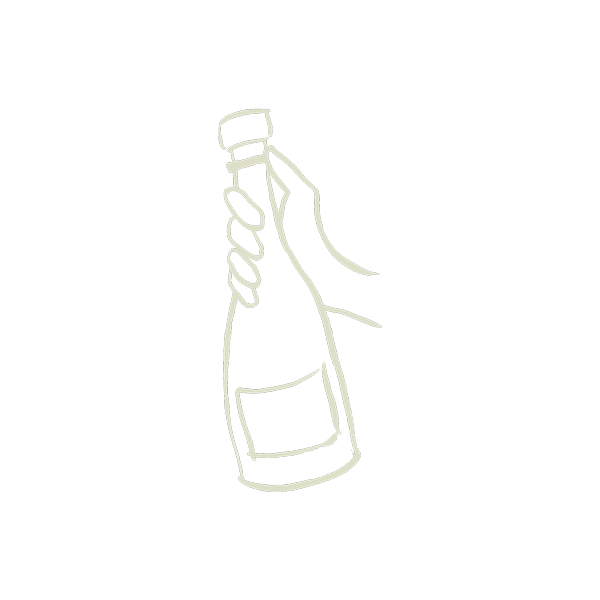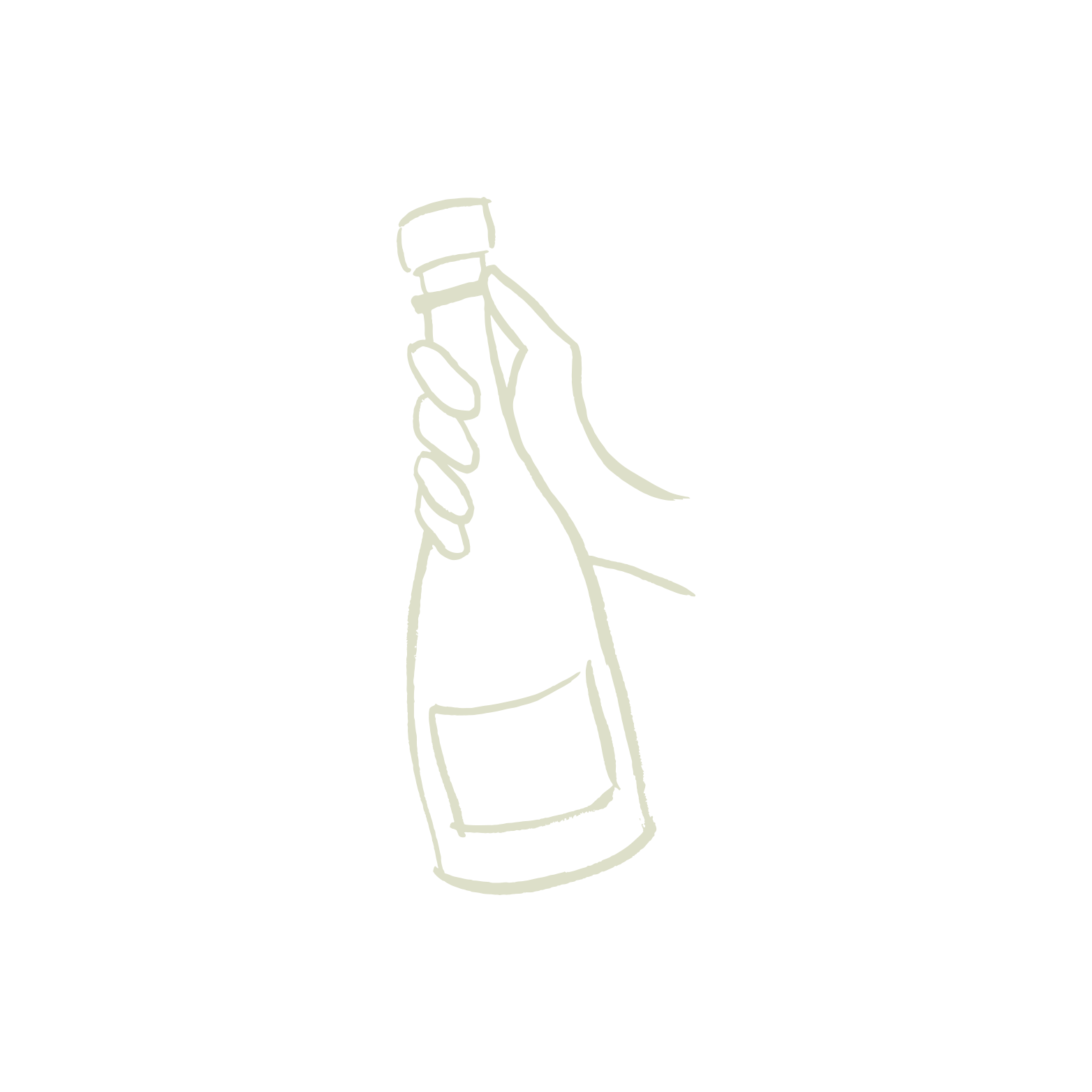Pinot Blanc and the “Forgotten” Grapes of Champagne

Weeded out and left for dead, a punchy fringe varietal makes a stunning comeback.
In the story of Champagne, chardonnay, pinot noir and pinot meunier are decidedly the main characters. They are, after all, considered to be the most suitable to the soil and growing conditions in the region based on their quality and yield. But according to Champagne’s controlled designation of origin, there are four more grape varietals that winemakers are allowed to use to make their Champagne. These more obscure grape players — arbane, petit meslier, pinot gris and pinot blanc — have existed quietly for more than half a century. That is, until a new interest in their quirky-yet-increasingly cool, boundary-pushing potential is nudging them out of the shadows and into the spotlight.
While all seven grape varieties have, historically, been grown in Champagne, arbane, petit meslier, pinot gris and pinot blanc produced lower yields and were more susceptible to disease. Meanwhile, chardonnay, pinot noir and pinot meunier thrived. In 1939, the AOC banned new plantings of the four poorly performing grapes. If any of those four varieties were already present, vignerons could continue to use them to make Champagne, but in the decades that followed the ban most growers weeded them out of their vineyards completely or simply ignored their presence, allowing them to die out on their own.
Today, arbane, petit meslier, pinot gris and pinot blanc comprise less than 90 hectares or 0.3 percent of the 34,400 hectares of vineyards across Champagne. Of those largely forgotten grapes, pinot blanc is the most predominant with about 82 hectares. It survives mostly in Aube, the southernmost subregion of Champagne that shares a border with Burgundy, where the grape originally got its start.
Fun fact: Many Champagne producers choose to print the composition of their Champagne blends on the label, but they are not legally required to do so. Since the four “forgotten” grapes still grow in some vineyards, vignerons can use them in their blends, and no one is the wiser.
Pinot blanc makes a comeback
Aside from being the most abundant of the forgotten grapes, fast-ripening, full-bodied pinot blanc is arguably the best-suited of all the forgotten grapes to making Champagne. In fact, it was once a vital part of the region’s still winemaking industry. When Champagne doubled down on its sparkling wines, winemakers began using chardonnay instead.
Pinot blanc grows best in the Aube in the same soil that nurtures its closest relative, pinot noir. Like pinot noir, pinot blanc grows in tightly packed bunches and performs best when it is carefully pruned throughout the season. It is quite versatile, resulting in expressive wines that are fruity with good acidity. 
In recent years, producers in Aube have been paying more attention to pinot blanc, experimenting and innovating with this forgotten grape with exciting — and delicious — results. Pinot blanc is rarely highlighted on its own, but we are proud to have some of the world’s best 100 percent pinot blanc grower Champagne cuvées in our portfolio. Check them out for yourself below:
Piollot Colas Robin Brut Nature 2017 - $95
From the producer’s Val Colas Robin vineyard in Polisot, this 100 percent pinot blanc cuvée is a unique, full-bodied expression of grower Champagne. Piollot produces only 4,000 bottles of this cuvée each year. 
Domaine Fleury Notes Blanches Brut Nature 2016 - $145
The 2016 vintage required painstaking work in the vineyards to weather record-breaking rainfall, virulent frosts and an intense heat wave that accelerated and provoked water stress. But it was well worth the strife. Like the best wines from 2016, this rare 100 percent pinot blanc cuvée is charmingly luscious with expressive terroir. 
Pinot Blanc Rare & Vintage Bundle - $220
With only about 82 hectares of pinot blanc left in all of Champagne, wine made with this “forgotten grape” is difficult to procure. Fatcork is beyond thrilled to offer several grower Champagnes made from 100 percent pinot blanc, and the rare, vintage bottles in this grower Champagne gift bundle are two of the very best.

